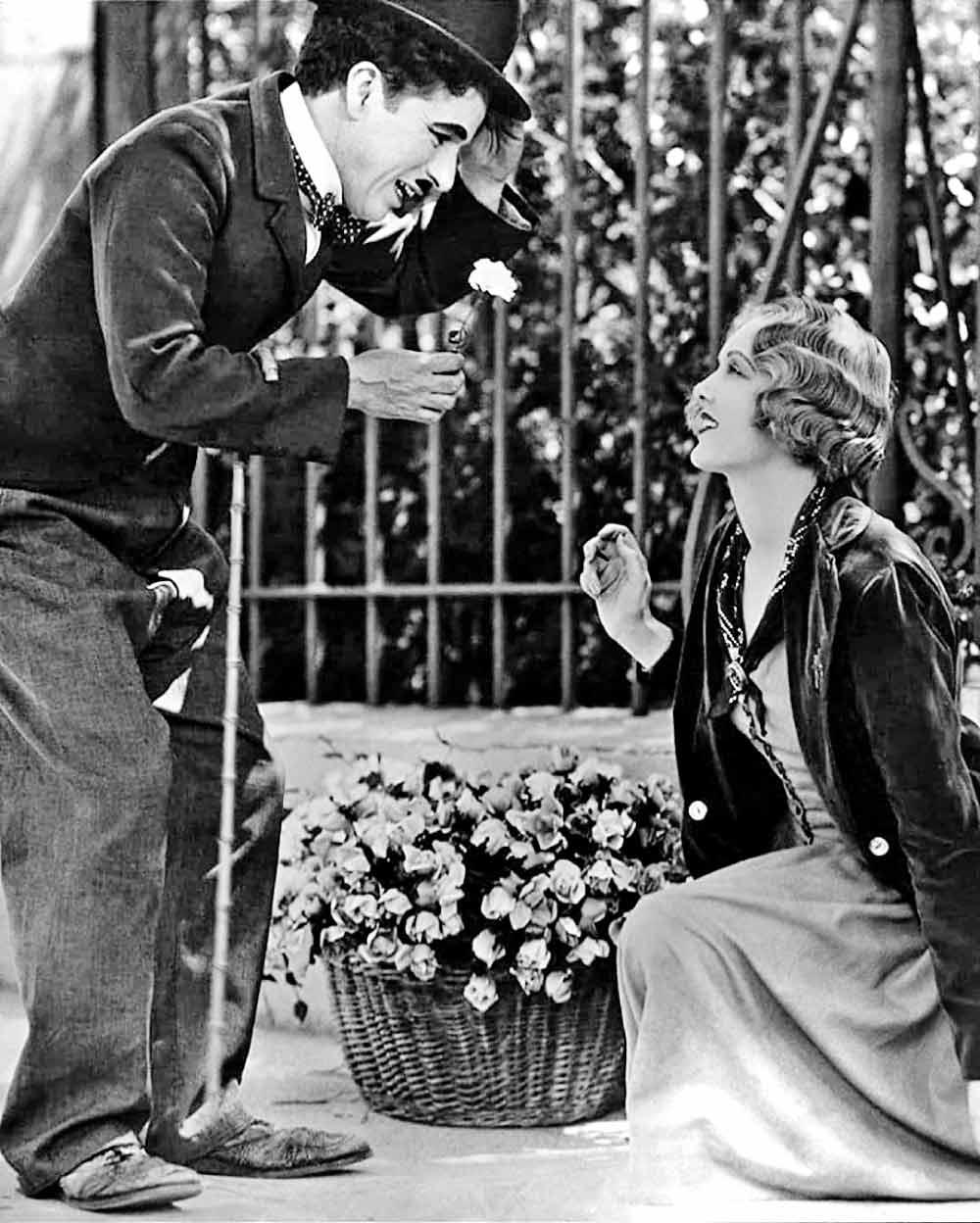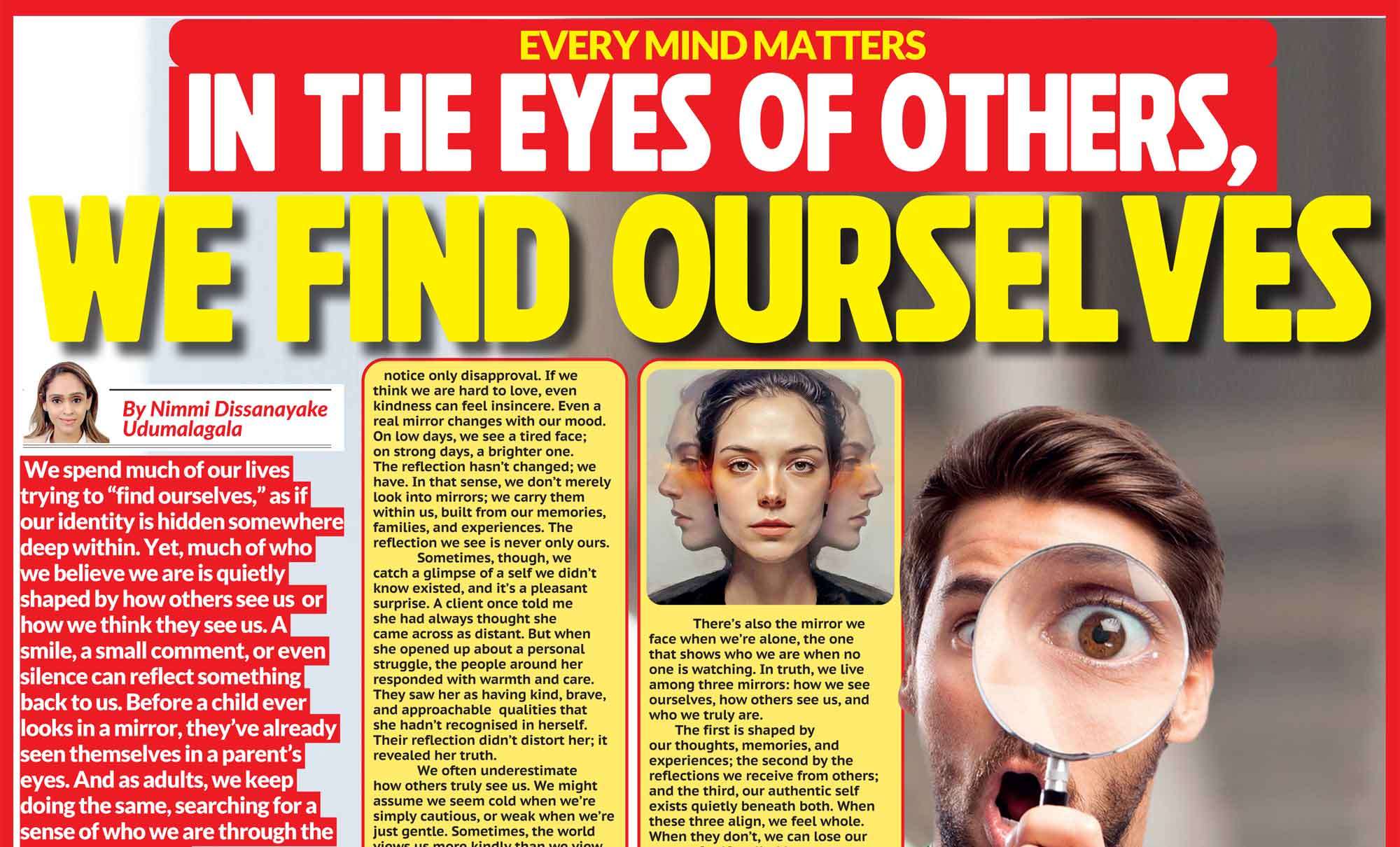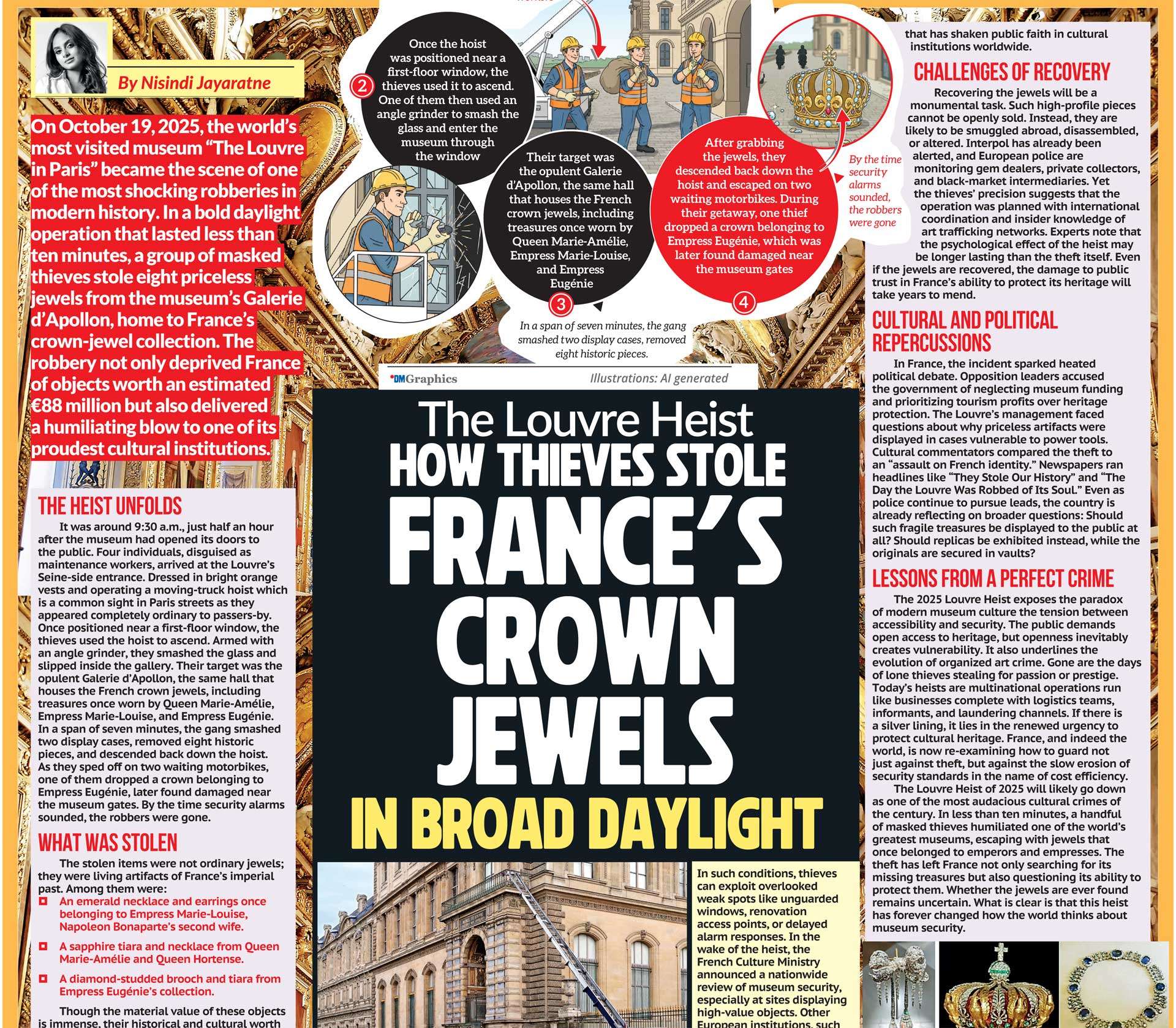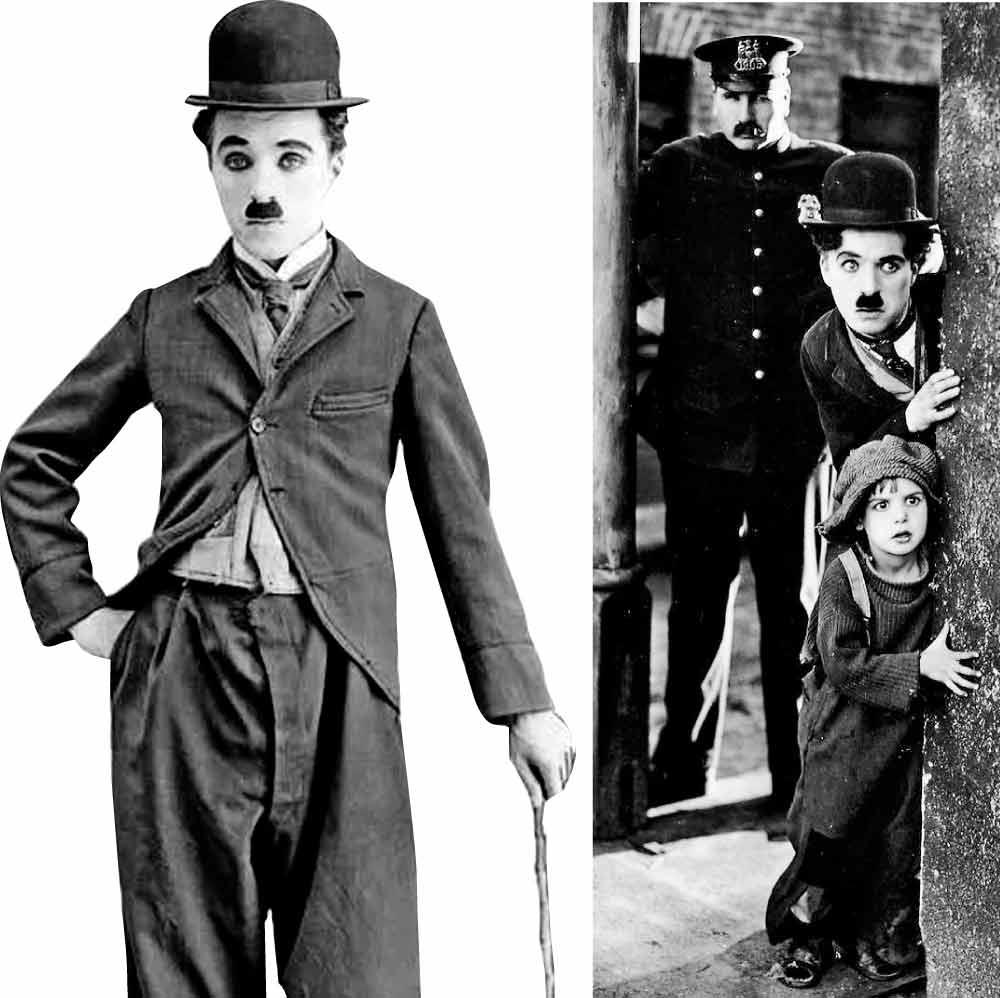
When we talk about the legends of cinema, one name continues to shine across generations: Charlie Chaplin. More than just an actor, Chaplin was a director, composer, and master storyteller whose silent films spoke volumes. His work transcended barriers of language, culture, and time. Even a century later, Chaplin’s films remain beloved by audiences of all ages around the world. His artistry holds a special magic; one that stirs laughter, evokes tears, and inspires thought with equal force. But what exactly makes Chaplin’s work so extraordinary and timeless?
At the very core of Chaplin’s cinematic universe is one of the most iconic characters in film history: The Tramp. With his instantly recognizable outfit, a bowler hat perched atop unruly hair, a toothbrush mustache, a pair of oversized shoes, a tight coat, and a bamboo cane; The Tramp became a universal symbol. This lovable vagabond was constantly caught up in the troubles of a harsh world but met every challenge with humor, kindness, and undying hope. Through The Tramp, Chaplin captured the human condition in a way that was both deeply personal and widely relatable. Whether facing poverty, injustice, or heartbreak, The Tramp’s resilience reflected the struggles and dreams of ordinary people everywhere.
It’s important to recognize that while Chaplin’s films are often remembered for their humor, they are equally powerful for their exploration of hardship, loneliness, and injustice
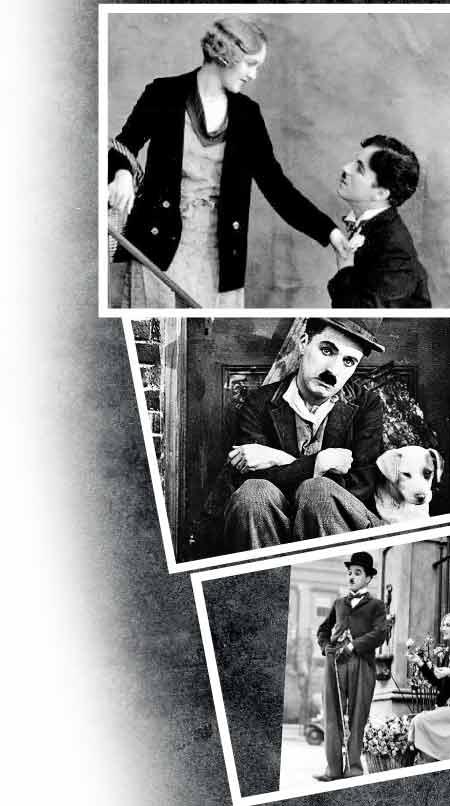 What set Chaplin apart from so many of his contemporaries was his ability to convey profound emotion through pure visual storytelling. During the era of silent film, where dialogue was absent, many filmmakers struggled to fully express complex emotions or ideas. But for Chaplin, silence was not a limitation; it was a canvas. His use of body language, facial expressions, physical comedy, and carefully crafted scenes created a language of its own, understood by everyone regardless of nationality or background. Films like “The Kid” (1921) and “City Lights” (1931) showcase his genius in this regard. Without uttering a single spoken word, he could make audiences laugh uproariously, weep openly, or ponder life’s deeper meanings.
What set Chaplin apart from so many of his contemporaries was his ability to convey profound emotion through pure visual storytelling. During the era of silent film, where dialogue was absent, many filmmakers struggled to fully express complex emotions or ideas. But for Chaplin, silence was not a limitation; it was a canvas. His use of body language, facial expressions, physical comedy, and carefully crafted scenes created a language of its own, understood by everyone regardless of nationality or background. Films like “The Kid” (1921) and “City Lights” (1931) showcase his genius in this regard. Without uttering a single spoken word, he could make audiences laugh uproariously, weep openly, or ponder life’s deeper meanings.
Chaplin’s brilliance wasn’t limited to comedic genius. His films often carried weighty social messages beneath their humor. He was a keen observer of society and an unafraid commentator on the struggles faced by everyday people. In “Modern Times” (1936), Chaplin tackled the dehumanizing effects of industrialization and the economic hardship of the Great Depression. Through a blend of hilarious and heartbreaking scenes, he portrayed the crushing monotony of factory work and the desperation of the unemployed. Similarly, in “The Great Dictator” (1940), his first full sound film, Chaplin boldly satirized Adolf Hitler and the rise of fascism. At a time when the world was on the brink of catastrophe, he dared to use humor as a weapon against tyranny. The final speech of “The Great Dictator,” where Chaplin’s character pleads passionately for peace, freedom, and brotherhood, remains one of the most powerful calls for humanity ever delivered on screen.
One of the most remarkable aspects of Chaplin’s work was the level of personal involvement he had in every aspect of filmmaking. Unlike many artists who specialized in a single role, Chaplin often wrote, directed, produced, starred in, and even composed the music for his films. This complete creative control gave his movies a deeply personal and cohesive feel. His musical compositions, such as the poignant theme from “Smile,” added rich emotional layers to his storytelling. The melodies perfectly complemented the bittersweet tone of his narratives, enhancing the mood without overpowering the visuals.
Chaplin’s influence on the world of entertainment is immeasurable. His pioneering techniques laid the groundwork for generations of filmmakers, comedians, and animators. Icons such as Rowan Atkinson, best known for his silent, bumbling character Mr. Bean, have openly cited Chaplin as a major inspiration. Walt Disney himself admired Chaplin’s ability to evoke emotion without words, a quality that undoubtedly influenced early Disney animation. Even today, echoes of Chaplin’s style can be seen in countless films, television shows, and performances. His themes of resilience, hope, and compassion continue to resonate because they tap into universal human truths.
It’s important to recognize that while Chaplin’s films are often remembered for their humor, they are equally powerful for their exploration of hardship, loneliness, and injustice. His stories were never escapist fantasies; rather, they acknowledged real-world suffering and yet offered a vision of optimism and perseverance. This balance of reality and hope is perhaps why his work endures. Watching a Chaplin film feels both like looking into a mirror and into a dream, a reflection of life’s trials paired with the possibility of overcoming them. Chaplin’s legacy is preserved not only through the enduring popularity of his films but also through their continued study and celebration. Film schools across the globe include his works in their curricula, and his movies are regularly screened at film festivals and retrospectives. Restoration efforts ensure that his masterpieces remain accessible to new generations, allowing audiences to experience the silent magic that once lit up theaters a hundred years ago.
Chaplin’s influence on the world of entertainment is immeasurable. His pioneering techniques laid the groundwork for generations of filmmakers, comedians, and animators
In today’s fast-paced, technology-driven world, filled with high-budget special effects and endless dialogue, the simplicity and purity of Chaplin’s cinema offer a refreshing reminder of the power of storytelling. Without grand spectacles or complex plots, Chaplin could capture the vastness of human experience in the smallest of gestures; a tilt of the head, a shuffle of the feet, a shared glance between two strangers. If you’ve never watched a Charlie Chaplin film, there’s no better time than now. Start with “City Lights,” often hailed as one of the greatest films ever made. It’s a poignant love story wrapped in slapstick comedy that will leave you smiling through tears. Or begin with “The Kid,” a touching tale of an unlikely bond between a tramp and an abandoned child, filled with heart, humor, and hope. In a world often overwhelmed by noise, spectacle, and distraction, Chaplin’s silent artistry continues to speak louder than ever. His films remind us that laughter and tears are universal languages, and that in every stumble, there can be grace. Charlie Chaplin didn’t just entertain audiences; he touched their souls. And that, more than anything else, is why his light still shines, brighter with each passing year.
